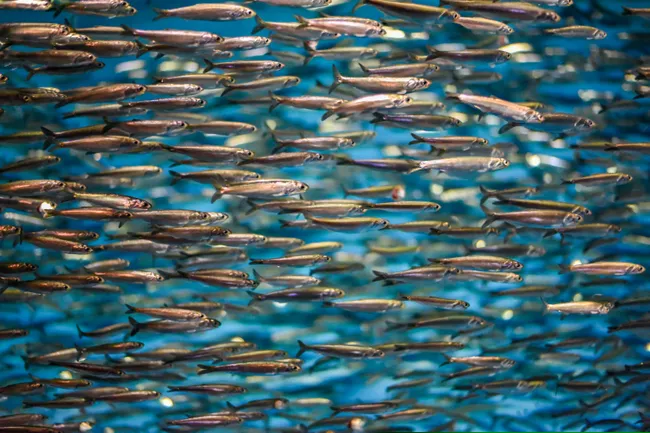Selecting the appropriate size of a sinking fish feed pellet mill is important to ensure efficient and effective production of sinking fish feed pellets. Here are some factors to consider when selecting the size of a sinking fish feed pellet mill:
1. Production capacity: Determine the quantity of sinking fish feed pellets that you need to generate per hr or day, and select a pellet mill with a production capacity that fulfills your demands.
2. Fish species: Consider the size and feeding behaviors of the fish species you are increasing, as this can impact the size and thickness of sinking fish feed pellets required.
3. Pellet size: Determine the preferred pellet size and thickness required for your fish species, as this can impact the size of the pellet mill required.

4. Available space: Consider the available space for the pellet mill in your aquaculture facility, and select a size that fits within the available space.
5. Energy consumption: Select a pellet mill size that is appropriate for your energy supply and consumption demands.
6. Maintenance and repair expenses: Larger pellet mills may need more maintenance and repairs, so consider the possible costs related to keeping and repairing the pellet mill.
7. Budget: Determine your budget for the pellet mill and select a size that fits within your budget while still meeting your production demands.
By considering these factors, aquaculture farmers can select the appropriate size of a sinking fish feed pellet mill, ensuring effective production of high-quality sinking fish feed pellets.
